

SERIES AND PARALLEL WITH BULBS WORKING MODEL
SCIENCE LAB EQUIPMENT WORKING MODEL / SCIENCE EXHIBITION WORKING MODEL
5 in stock
Refund
Unfortunately, once an order is placed, there is no refund available. However, we do offer exchanges for defective or damaged items.
Due to the nature of our products and the potential for misuse or mishandling, we do not offer refunds. We believe in customer satisfaction and strive to provide quality exchanges for any issues that may arise.
If you have received a defective or damaged item, please contact our customer service team and they will assist you with the exchange process. Please note that exchanges are subject to availability and product conditions.
We do not offer refunds for change of mind purchases, but we do offer exchanges for valid reasons such as defects or damages.
Delivery
My Science Kart delivers orders through a reliable and efficient shipping service to ensure your products arrive safely and on time.
Yes, you can easily track your order from My Science Kart by using the tracking number provided to you once your order has been shipped.
If you have any issues with your order from My Science Kart, please contact our customer service team who will be happy to assist you and resolve any problems.
Payment
You can pay for your purchases on My Science Kart using various payment methods such as credit/debit cards, net banking, UPI’s and mobile wallets.
Yes, we use industry-standard encryption technology to protect your payment information and ensure that it is secure.
If you have any payment-related queries or issues on My Science Kart, you can contact our customer support team through the website or email us at support@mysciencekart.com.
SERIES AND PARALLEL WITH BULBS
Certainly! Let’s explore how to connect bulbs in series and parallel circuits:
**Series Circuit:**
In a series circuit, components are connected end to end, forming a single path for current to flow. If you connect bulbs in series, the same current passes through each bulb.
**Procedure for Series Connection:**
1. Take two or more bulbs and connect them end to end, with one terminal of the first bulb connected to one terminal of the second bulb, and so on.
2. Connect one end of the series arrangement to the positive terminal of a power source (e.g., battery) and the other end to the negative terminal.
3. When the circuit is complete and the power is turned on, current flows through each bulb in sequence.
**Characteristics of Series Connection:**
1. The total resistance of the circuit increases with each additional bulb.
2. If one bulb in a series circuit goes out (opens), the entire circuit is broken, and all bulbs will turn off.
**Parallel Circuit:**
In a parallel circuit, components are connected across each other, providing multiple paths for current to flow. If you connect bulbs in parallel, each bulb has its own path for current.
**Procedure for Parallel Connection:**
1. Take two or more bulbs and connect each bulb directly across the power source (e.g., battery), with one terminal of each bulb connected to the positive terminal and the other terminal connected to the negative terminal.
2. Ensure that each bulb has its own separate connection to the power source.
3. When the circuit is complete and the power is turned on, current flows through each bulb simultaneously.
**Characteristics of Parallel Connection:**
1. The total resistance of the circuit decreases with each additional bulb.
2. If one bulb in a parallel circuit goes out (opens), the other bulbs will continue to function, as they are on separate paths.
**Comparison:**
– In a series circuit, the same current passes through each component, while in a parallel circuit, the current is divided among the components.
– In a series circuit, the voltage across each component adds up to the total voltage of the circuit, while in a parallel circuit, all components have the same voltage across them.
Understanding these principles helps in designing and troubleshooting electrical circuits.
Series Connection:
- Configuration: In a series connection, the bulbs are connected end-to-end in a single loop.
- Voltage: The total voltage across the bulbs in series is the sum of the voltages required to light each bulb.
- Brightness: Each bulb receives the same current, so if one bulb burns out or is removed, the entire circuit is broken, and all bulbs turn off.
- Advantages:
- Requires fewer wires and connections.
- Disadvantages:
- If one bulb fails, all bulbs in the series circuit will turn off.
- The brightness of each bulb decreases as more bulbs are added to the series.
Parallel Connection:
- Configuration: In a parallel connection, each bulb is connected to the power source independently.
- Voltage: Each bulb receives the full voltage of the power source.
- Brightness: Each bulb operates independently, so if one bulb burns out or is removed, the other bulbs remain lit.
- Advantages:
- If one bulb fails, the others remain lit.
- Each bulb maintains its brightness regardless of the number of bulbs connected in parallel.
- Disadvantages:
- Requires more wires and connections compared to a series connection.
Comparison:
- Brightness: Parallel connection maintains brightness, while series connection decreases brightness as more bulbs are added.
- Reliability: Parallel connection offers reliability, while series connection lacks reliability due to all bulbs turning off if one fails.
- Voltage: Parallel connection ensures each bulb receives full voltage, while series connection divides voltage among bulbs.
- Current: Series connection divides current among bulbs, while parallel connection ensures each bulb receives the same current as the power source.
Applications:
- Series Connection: Used when bulbs need to operate at lower brightness levels or when fewer wires are preferred, such as in decorative lighting or holiday string lights.
- Parallel Connection: Used when maintaining brightness and reliability is important, such as in household lighting fixtures or commercial lighting systems.
Conclusion:
Choosing between series and parallel connection for light bulbs depends on the desired brightness, reliability, and complexity of the lighting system. Understanding the characteristics and advantages of each configuration helps in designing efficient and effective lighting solutions for various applications.
| Weight | 0.5 kg |
|---|---|
| Dimensions | 25 × 25 × 5 cm |
You must be logged in to post a review.
Q & A
Related Products
OERSTED EXPERIMENT WORKING MODEL
- ✓ 100% Quality products
PARALLEL CONNECTION OF RESISTORS WORKING MODEL
- ✓ 100% Quality products
MAGNETIC FIELD DUE TO STRAIGHT WIRE CARRYING CURRENT WORKING MODEL
- ✓ 100% Quality products
RIGHT HAND RULE - 1 WORKING MODEL
- ✓ 100% Quality products
HEAT, TEMPERATURE and KINETIC ENERGY WORKING MODEL
- ✓ 100% Quality products
ELECTRIC SHOCK WORKING MODEL
- ✓ 100% Quality products
OHM'S LAW WORKING MODEL
- ✓ 100% Quality products
AC MOTOR WORKING MODEL
- ✓ 100% Quality products
Product categories
- Circuits & Projects 233
- My Science Kart 665
- Raw Materials For Projects & Lab Equipments 381
- Science Exhibition 516
- Science Exhibition Projects & Working Models 344
- Biology Science Exhibition Projects & Working Models 31
- Chemistry Science Exhibition Projects & Working Models 12
- Mathematics Science Exhibition projects & Working Models 7
- Physics Science Exhibition Projects & Working Models 129
- Robotics Science Exhibition Projects & Working Models 23
- Social Science Exhibition Projects & Working Models 20
- Science Lab Equipments With Working Models 363
Cart
TRULY INDIAN EDUCATION BRAND
Over 10,000+ Happy Customers
My Science Kart
Address:- Ground floor, Lakshmi Nagar, D.No:- 40-1/1-5, PVP Mall Backside, Mogalrajapuram, Labbipet, Vijayawada, Andhra Pradesh 520010
7673977997, 0866-3543677
mysciencekart@gmail.com
Categories
MAP
© My Science Kart 2024, Designed & Developed By Synfocy Tech Solutions




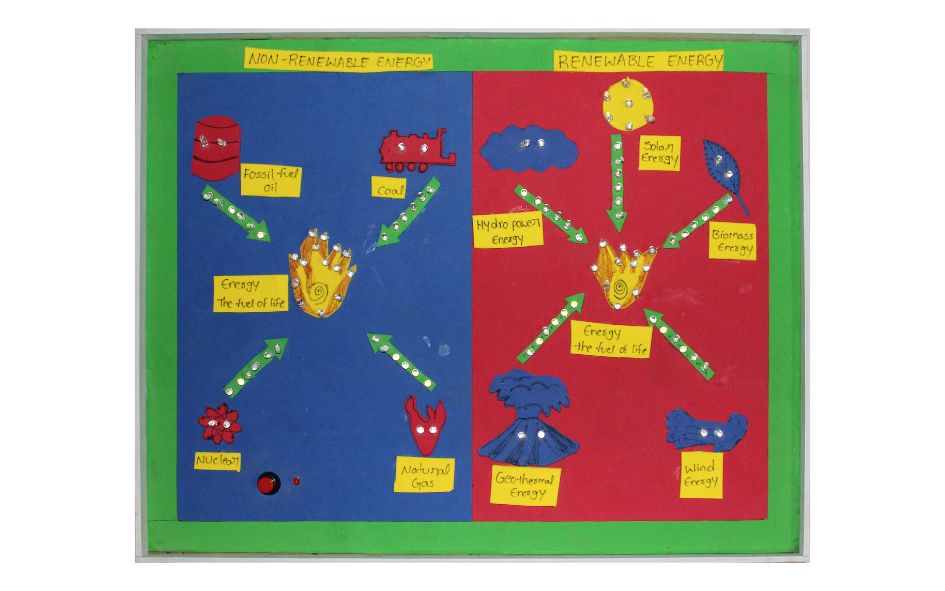






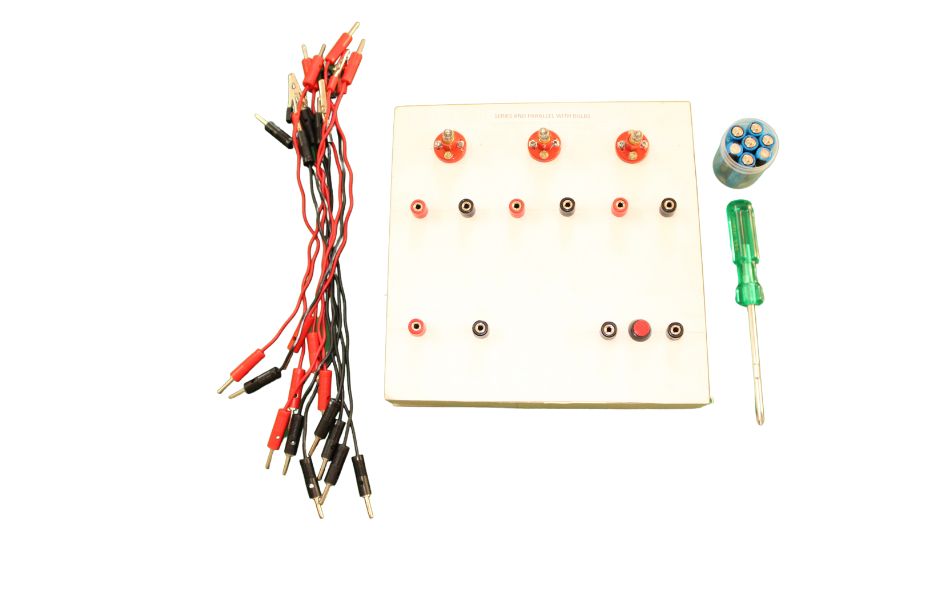


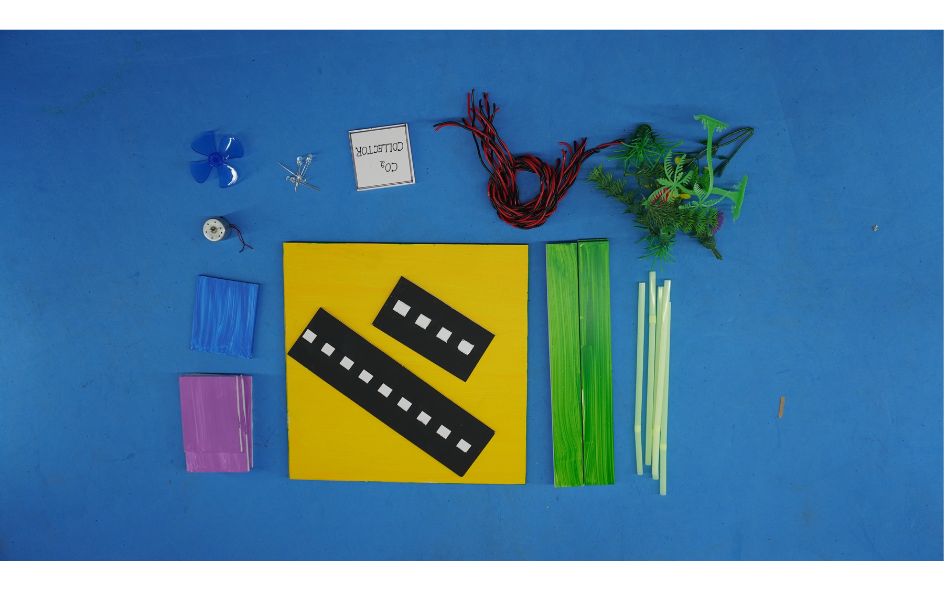





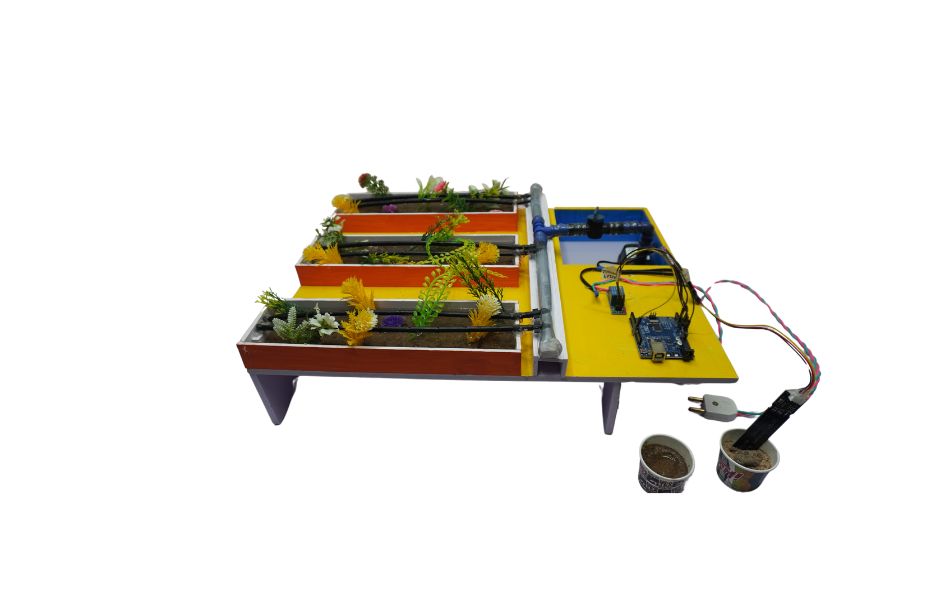





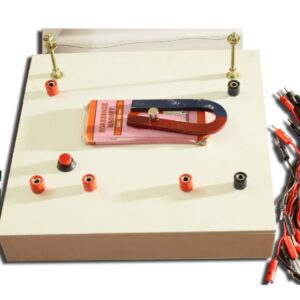





Reviews
There are no reviews yet